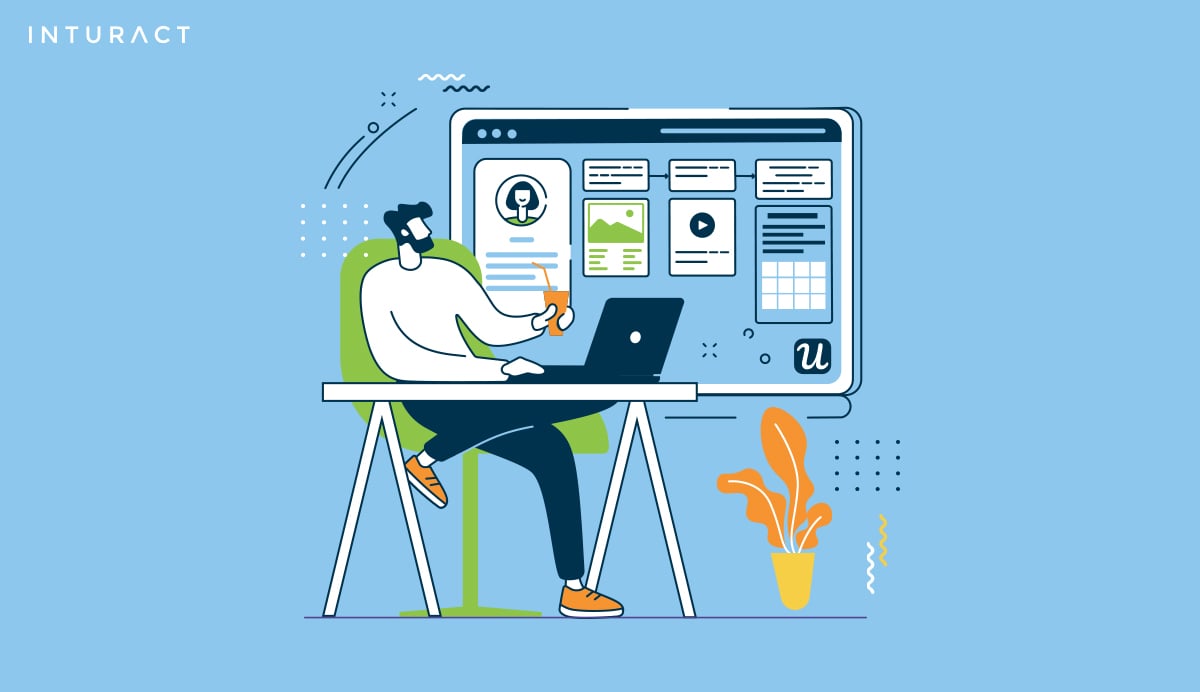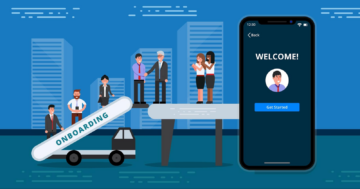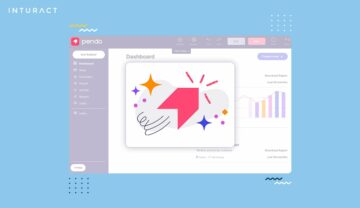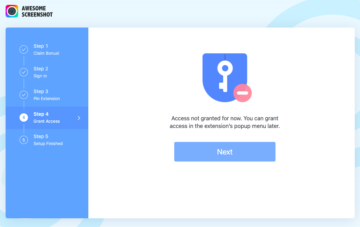There’s a common misconception that user onboarding tools like Userpilot will alone help you reduce churn and improve retention by allowing you to implement user onboarding. People often miss that these tools help ‘implement’ user onboarding, not ‘create’ it.
The onus to create a foundation for user onboarding lies on you and it should happen even before you choose the tool. Before diving into Userpilot, you need to understand your users, their needs, and how they interact with your product. You need to evaluate the kind of resources you have and the feedback mechanism you’ve implemented to work on the insights you’ll get from the tool.
Whether you’re considering a Userpilot subscription or looking to extract maximum value from it this blog will help you. We want to demystify the process of effectively implementing Userpilot, turning your commitment into real, measurable gains for your customers.
Map the user journey for effective user onboarding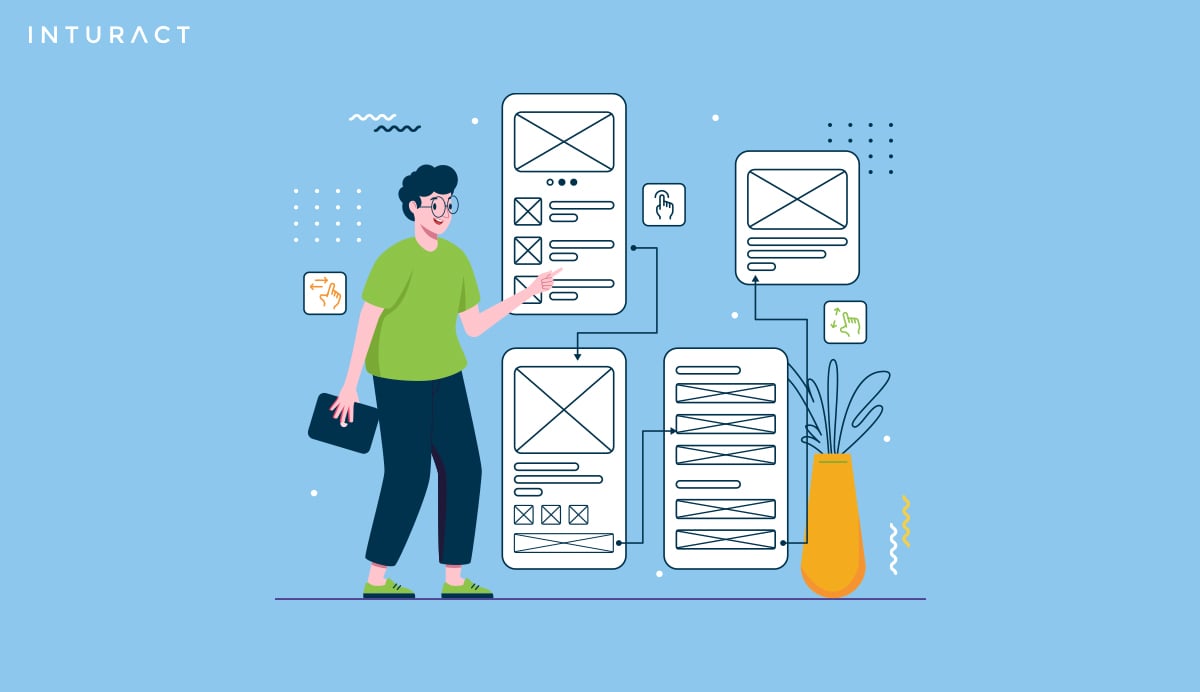
Before diving into the specifics of implementing Userpilot for user onboarding, it’s essential to map out and understand your user journey. But what exactly is a user journey, and why is it so important for onboarding?
What is a User Journey?
A user journey is the complete series of steps a user takes from the moment they first interact with your product to the point where they become a regular user. It includes their initial discovery, the first use of your product, the process of learning its features, and their evolving engagement over time. Understanding this journey is like having a roadmap that shows how users interact with your product, highlighting their experiences, motivations, challenges, and successes.
Why Map the User Journey Before Onboarding Implementation?
Better Targeting and Personalization:
Knowing the user journey allows you to tailor the onboarding experience to meet users where they are. For instance, a new user might need more basic information and guidance, while a more experienced user might benefit from advanced tips or shortcuts.
👉 Leverage Userpilot’s segmentation capabilities to create customized onboarding flows for different user personas, ensuring that each type of user receives relevant guidance.
Identifying Key Touchpoints:
Understanding the journey helps identify crucial interaction points where users might need support or additional information. These touchpoints are opportunities to engage users and enhance their experience.
👉 With Userpilot, you can then design checklists that align with the user’s progression through the journey, encouraging and tracking their completion of important tasks and milestones.
Reducing User Frustration:
By knowing the common hurdles in the user journey, you can preemptively address these in your onboarding process, reducing frustration and improving user satisfaction.
Increasing Product Adoption:
A well-informed onboarding process, aligned with the user journey, can significantly boost product adoption rates. Users are more likely to fully engage with a product when they feel supported and understood.
👉Utilize Userpilot’s in-app surveys and feedback tools at various stages of the user journey to gather real-time insights and continuously refine the onboarding experience.
For example, imagine a SaaS tool designed for project management. If you don’t understand the user journey, you might overwhelm new users with advanced features meant for experienced project managers. Conversely, if you know that most new users struggle with setting up their first project, you can tailor your onboarding to guide them through this process specifically.
Initial Steps to Map the User Journey:
- Identify User Personas: Create profiles representing different types of users who will interact with your product.
- Outline Key Stages: Break down the journey into stages such as Discovery, Learning, Usage, and Mastery.
- Identify Goals and Challenges: For each stage, determine what users aim to achieve and what obstacles they might face.
- Map User Interactions: Detail how users interact with your product at each stage.
Personalize your user onboarding
Personalizing user onboarding is a critical strategy for creating a more engaging and effective introduction to your product. By customizing this experience, you can significantly enhance user satisfaction, increase product adoption, and foster long-term loyalty. Here’s how you can approach this:
1. Recognizing Diverse User Needs
It’s essential to acknowledge that users come to your product with different backgrounds, goals, and levels of expertise. A one-size-fits-all onboarding approach might not resonate with everyone. For instance, a small business owner might have different expectations and needs compared to a manager in a large corporation.
2. Tailoring Experiences
You can create unique onboarding paths that align with various user segments. Consider aspects like the user’s job role, industry, company size, and technical expertise. This tailored approach makes your product feel more intuitive and relevant to each user. For example, new users might need more basic guidance, while experienced users could be directed towards advanced features.
3. Utilizing User Data
Employ tools to gather data about your users, such as their industry, role, and location. This information can be used to personalize aspects like welcome messages and emails, making the user feel recognized and valued. Simplifying the onboarding flow based on this data can create a sense of a product crafted just for them.
4. Empowering User Choice
Allow users to choose their onboarding path. This could be based on their specific interests, job functions, or preferences. Let them move at their own pace, selecting tasks or modules that are most relevant to them. This self-directed approach can make users feel more in control and invested in the learning process.
Ensure you have the resources to work on Userpilot
To ensure a successful user onboarding implementation with Userpilot, it’s essential to have all the necessary resources in place. This involves careful planning and assessment of various aspects of your business. Here’s how you can approach this:
Human Resources:
- Dedicated Team: Ensure you have a team responsible for the implementation and management of Userpilot. This could include product managers, UX/UI designers, developers, and customer success specialists.
- Training: Your team should be well-trained in using Userpilot, understanding its features, and applying best practices in user onboarding.
Financial Resources:
- Budget for Userpilot: Allocate a budget not just for the subscription but also for any additional costs related to customization, integration, or additional tools required.
- Cost-Benefit Analysis: Understand the return on investment Userpilot will bring in terms of improved user engagement, retention, and ultimately, revenue.
Timeline Planning:
- Implementation Timeline: Create a realistic timeline for deploying Userpilot. Factor in initial setup, testing phases, and time for adjustments based on user feedback.
- Long-term Management: Plan for the ongoing management of the tool, including regular updates and adaptations based on evolving user needs.
Take help from experts to get maximum value from Userpilot
When it comes to implementing Userpilot for your user onboarding process, you have two paths: navigating it on your own or accelerating your success with expert help.
You could make incremental improvements on your own, or you could leapfrog to 10x the results with expert guidance.
This is where Inturact comes into the picture. Partnering with Inturact offers a significant advantage.
Inturact, with 15 years of experience in the SaaS industry, specializes in helping SaaS companies create, execute, and analyze user onboarding strategies. We’re not just experts but partners in your journey towards reducing churn and improving retention. Our track record speaks volumes, having propelled numerous clients towards tangible growth.
Every SaaS company is unique. Inturact’s experts can tailor their strategies to fit your specific business needs and user demographics. This customized approach is likely to be more effective than a one-size-fits-all strategy you might implement on your own.
The improvements Inturact can help you make in your user onboarding process have the potential to pay off far beyond the initial investment. By increasing user retention and satisfaction, you’re likely to see a return on investment that far exceeds the cost of our services.
Ready to transform your user onboarding?
If you’re aiming for not just improvement but a transformation in your user onboarding, scheduling a call with Inturact is your next step. We’ll help you unlock the full potential of Userpilot, turning your commitment into measurable gains.
- SEO Powered Content & PR Distribution. Get Amplified Today.
- PlatoData.Network Vertical Generative Ai. Empower Yourself. Access Here.
- PlatoAiStream. Web3 Intelligence. Knowledge Amplified. Access Here.
- PlatoESG. Carbon, CleanTech, Energy, Environment, Solar, Waste Management. Access Here.
- PlatoHealth. Biotech and Clinical Trials Intelligence. Access Here.
- Source: https://www.inturact.com/blog/user-onboarding-implementation-with-userpilot
- :is
- :not
- :where
- $UP
- 1
- 15 years
- 15%
- 8
- a
- About
- accelerating
- Achieve
- acknowledge
- Adaptations
- Additional
- Additional Information
- address
- adjustments
- Adoption
- advanced
- ADvantage
- aim
- Aiming
- align
- aligned
- All
- allocate
- Allowing
- allows
- alone
- also
- analysis
- analyze
- and
- any
- Applying
- approach
- ARE
- AS
- aspects
- assessment
- At
- backgrounds
- based
- basic
- BE
- become
- before
- benefit
- BEST
- best practices
- Beyond
- Blog
- boost
- Break
- bring
- budget
- business
- business owner
- but
- by
- call
- CAN
- capabilities
- careful
- challenges
- Choose
- clients
- code
- come
- comes
- commitment
- Common
- Companies
- company
- compared
- complete
- completion
- Consider
- considering
- continuously
- control
- conversely
- CORPORATION
- Cost
- Costs
- could
- crafted
- create
- Creating
- critical
- crucial
- customer
- Customer Success
- Customers
- customization
- customized
- data
- Demographics
- demystify
- deploying
- Design
- designed
- designers
- detail
- Determine
- developers
- different
- directed
- discovery
- diverse
- diving
- Dont
- down
- each
- Effective
- effectively
- emails
- empowering
- encouraging
- end
- engage
- engagement
- engaging
- enhance
- ensure
- ensuring
- essential
- evaluate
- Even
- everyone
- evolving
- exactly
- example
- exceeds
- execute
- expectations
- experience
- experienced
- Experiences
- expert
- expertise
- experts
- extract
- Face
- factor
- far
- Features
- feedback
- feel
- First
- fit
- flow
- Flows
- For
- Foster
- Foundation
- from
- frustration
- full
- fully
- functions
- Gains
- gather
- get
- Goals
- Growth
- guidance
- guide
- happen
- Have
- having
- help
- helping
- helps
- here
- highlighting
- How
- How To
- HTTPS
- HubSpot
- Hurdles
- identify
- ie
- if
- imagine
- implement
- implementation
- implemented
- implementing
- important
- improve
- improved
- improvement
- improvements
- improving
- in
- include
- includes
- Including
- Increase
- increasing
- incremental
- industry
- information
- initial
- insights
- instance
- integration
- interact
- interaction
- interactions
- interests
- into
- Introduction
- intuitive
- invested
- investment
- involves
- IT
- ITS
- Job
- journey
- jpg
- just
- Key
- Kind
- Know
- Knowing
- large
- learning
- let
- levels
- Leverage
- lies
- like
- likely
- ll
- location
- long-term
- looking
- Loyalty
- make
- MAKES
- Making
- management
- manager
- Managers
- map
- max-width
- maximum
- meant
- mechanism
- Meet
- messages
- Middle
- might
- Milestones
- misconception
- miss
- Modules
- moment
- more
- most
- motivations
- move
- navigating
- necessary
- Need
- needs
- New
- new users
- next
- numerous
- obstacles
- of
- off
- Offers
- often
- on
- Onboarding
- ongoing
- onus
- opportunities
- or
- our
- out
- over
- own
- owner
- Pace
- partnering
- partners
- path
- paths
- Pay
- People
- personalization
- personalize
- phases
- picture
- Place
- plan
- planning
- plato
- Plato Data Intelligence
- PlatoData
- Point
- points
- potential
- practices
- preferences
- process
- Product
- Profiles
- progression
- project
- project management
- propelled
- Rates
- RE
- real
- real-time
- realistic
- receives
- recognized
- recognizing
- record
- reduce
- reducing
- refine
- regular
- related
- relevant
- representing
- required
- Resonate
- Resources
- responsible
- Results
- retention
- return
- revenue
- roadmap
- Role
- s
- SaaS
- satisfaction
- see
- segmentation
- segments
- selecting
- self-directed
- sense
- Series
- Services
- setting
- setup
- should
- Shows
- significant
- significantly
- simplifying
- Size
- small
- small business
- So
- Speaks
- specialists
- specializes
- specific
- specifically
- specifics
- Stage
- stages
- Steps
- strategies
- Strategy
- Struggle
- subscription
- success
- successes
- successful
- such
- support
- Supported
- tailor
- tailored
- tailoring
- takes
- tangible
- targeting
- tasks
- team
- Technical
- terms
- Testing
- than
- that
- The
- their
- Them
- then
- These
- they
- this
- Through
- time
- timeline
- tips
- to
- tool
- tools
- towards
- track
- track record
- Tracking
- Transform
- Transformation
- Turning
- two
- type
- types
- Ultimately
- understand
- understanding
- understood
- unique
- unlock
- Updates
- Usage
- use
- used
- User
- user journey
- users
- using
- Utilizing
- value
- valued
- various
- Ve
- volumes
- want
- we
- welcome
- What
- when
- while
- WHO
- why
- will
- with
- Work
- years
- you
- Your
- zephyrnet

